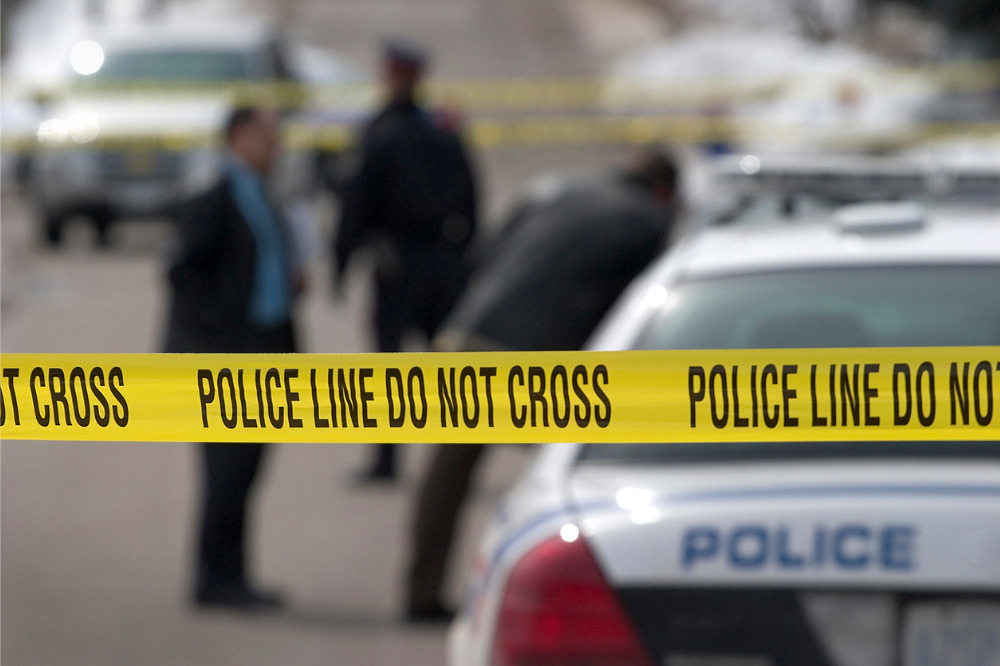
On 24 May 2022, a teenage gunman killed 19 children and two teachers after storming into Robb Elementary School in Texas, making it the country's worst school shooting in nearly a decade. It was the twenty-seventh shooting in a US school this year.
While no principal, teacher, parent or student in Australia wants to imagine the scenario, the question for Australian schools is: could we have a school shooting of a kind that occurred in Texas in an Australian school?
Unsurprisingly, most schools in Australia will be woefully unprepared for a large-scale unpredictable violent incident.
Publicly accessible data indicates that since 1991, Australia has experienced six school shootings. Two of these shootings were at La Trobe University and Monash University in Victoria, resulting in a total of three deaths. The other four shootings did not have any deaths. The most recent school shooting in Australia was at Modbury High School in Adelaide on May 7, 2012, which resulted in no deaths and no injuries.
According to a paper titled: ‘Mass shootings and firearm control: comparing Australia and the United States’ by the Australian Institute of Criminology, it is very difficult to determine what factors lead to acts of violence such as mass shootings in schools because the motives are almost unknowable.
Below, The Educator speaks to Paul O’Halloran, an employment and safety lawyer at Colin Biggers and Paisely about what schools can do to mitigate the risks associated with a potential school shooting.
TE: Are there any indicators that suggest a school shooting in Australia could be more likely today than, say, a decade ago?
Weapons are more difficult to obtain in Australia due to gun control laws introduced in 1996, but that doesn't mean it's impossible for an offender to get one. Moreover, motives behind acts of violence like this are almost unknowable because the offenders often commit suicide or are killed by law enforcement before they are apprehended. Research suggests issues such as social isolation and disaffection, economic problems, and mental health are among factors that may contribute, and there is evidence to suggest that these factors are being increasingly experienced by young people in our society today.
TE: What should a school’s security risk assessment of a potential school shooting look like?
Safety measures schools in Australia could consider in the event of an unpredictable violent incident include reviewing all internal and external entry points and determining how access to classrooms can be impeded and restricted to unauthorised individuals, rehearsing emergency exit drills with staff and students but adapted to the situational response posed by an armed offender, acknowledging risks posed by acts of serious school bullying and risk profiles of parents and past students, installing bollards at access points, implementing a lockdown plan, ensuring all visitors to schools attend one location to register before entering school grounds.
TE: Can you walk us through some safety measures that a school’s leadership team should enact if the unthinkable were to happen?
Having an incident management plan and rehearsing it is key to knowing how to react if the unthinkable occurs. We know from significant tragedies, like 9/11, that building evacuation drills can instil an instinctive automatic response in a person when a shocking event occurs. For example, where is the emergency exit? Stay low or hide? Where are the alarms? Are there code words or sirens to listen out for? In moments of crisis children need to remember vital instructions. Management needs a tactical response that can be implemented in seconds. This will require drills to ensure effectiveness.
TE: How helpful can diagnostic tools be in assisting in the identification of potential ‘high risk’ students, and what are some tools already being used to help schools in this regard?
There is no diagnostic tool that's a solution in this area. The best predictor of future violence is past violence. This information may come from interviews, social media, or student records. School counsellors may also be able to help identify any student who displays violent attitudes or ruminates about retaliation against the school for bullying, sexual abuse, discrimination or harassment suffered. Students fascinated with explosives and weapons may be another serious risk factor. Schools will need a way to synthesise and escalate concerning student profiles. Past students who display unusual attitudes towards the school on social media may require consideration.


